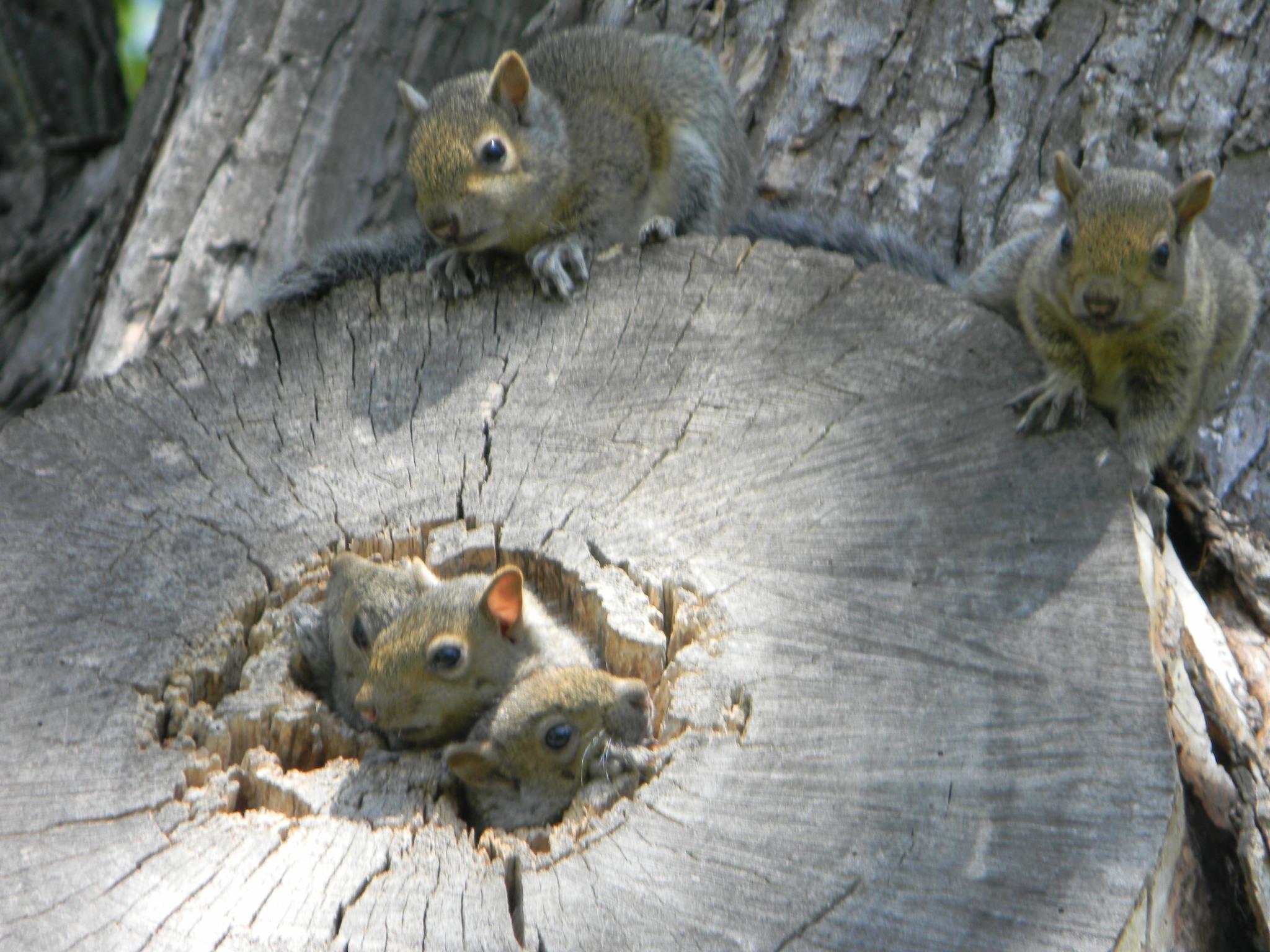Sometime last week, a WhatsApp group I belong to, shared some interesting observations. It was an incisive and critical look at the development trajectory of our universities, in comparison with other established institutions such as Oxford, Harvard, Princeton, and their cohorts. The crux of the argument in this particular piece of ‘gossip’ was that by and large, these foreign universities are heavily supported by research sponsored by industrial institutions to stay afloat and to bring about new inventions, which earn the universities manifold patents, and at the same time contributing to the technological advancement in production in the supporting industries. The contrast was our local universities which almost exclusively rely on students’ fees and government exchequer disbursements to run.
So Much Money Yet So Little For Research
This piece of ‘news’ sent me nuts. It turned my attention to the document I have been entertaining in my last few posts. This was to do with the need for the product, market, and technological diversification in the macadamia sub-sector. To many commentators, Africa is supposedly one wretched village teeming with hungry and scrawny children with running noses, begging bowls in their hands; as their equally helpless, malnourished, and dying parents look on with a beggar’s limpid eyes. They could as well be on transit, carrying all their earthly belongings in a bundle on their heads, escaping war or some terrible disease. It is not my business to oppose people’s preferred opinion, but I shall stick to what the CBI 2019 report says about the macadamia sub-sector in Kenya.
More Exports?
Well, Kenya exported 7,750 metric tons of macadamia kernel to their main market in the U.S., the EU, Japan, China, Hong Kong, and Canada; where 90-95% of the product is sold. This accounts for 13% of the global supply, making Kenya the number 3 exporter of this prime nut in the world. In revenue terms, the research found out that the kernel was sold at an average price of Ksh. 1,380. Multiplied by 1000 in order to make a ton, and then multiplied by the total tonnage of 7,750 exported during the period covered by the research, it amounts to some Ksh. 10,695,000,000. Given that the macadamia field involves only a handful of players, it tells volumes in terms of income generation. This is the second most lucrative cash crop after tea.
Twilight To The Golden Age
In the previous installments of commentary on this research paper, there has been a running theme of the macadamia golden age slowly coming to meet its Waterloo. The report estimates that there is going to be a 40% increase in production in Kenya in the coming 10 years. Coupled with the general developments elsewhere, it is inevitable that all other factors held constant, market forces will naturally pull the prices down, and the crop might not be as profitable as it currently is. I have already argued for the need for market expansion, which would be accompanied by product diversification. Truth be told; macadamia processors are thinking hard about product diversification. However, the thinking is very conservative. Apparently, diversification has been heavily associated with having many items on the market rather than having many products from the same raw material. Ask any processor about their product and market diversification and they will tell you that soon they are going to add dried fruits and other nuts to their product list. That does not attend to the impending drop in macadamia kernel prices, which should cascade down. This directs us back to the gossip about the relationship between academic institutions and industry in the developed world.
New Macadamia Marketing Models?
It is possible that the players in the macadamia field are not in a position to find other outlets for their product on their own. One of the lamentations that the social media piece I am referring to here brought to the fore was the fact that some of our academic institutions in Kenya which were originally established for purposes of producing technologically inclined graduates have ended up churning out more MBAs than technologists. Whatever the merits for such an assault, my take is that if this is the true situation, how many of these MBAs have been sponsored by the macadamia processor fraternity? How many of them are particularly anchored in idealization around finding new marketing models and approaches for the macadamia sub-sector?
Could Nutpak Unpack the Nuts?
NutPak is the national organization that brings together all the players in the nuts industry. In terms of the amount of income it should be in control of, it is even higher than what has been cited by the macadamia export trade. The expectation is that this avails to the organization an arsenal of funds, which could comfortably be channeled towards research for various purposes. A look at the Nutpak website lists cooperation with research institutions as one of its pursuits. When it comes to the values of the organization, which encompass the goals and objectives, the research component is not mentioned. Could be, the site hasn’t been revised in a long time in order to reflect the current state of affairs. This is because it proposes an improvement in the farm gate prices which it puts at the improved price of Ksh. 35, while the current prices are more than double that amount.; even as low prices. It is also way less than what the gate prices were last year, and more so, in the year before last.
Players Walking Hand In Hand Under Nutpak?
Assuming that there is cooperation between research institutions and NutPak, one would expect it to be an important item to be highlighted by the organization’s website. Another factor is that even this cooperation with research institutions is not necessarily from a proactive position where the organization is devoting funds towards research, and steering research in the direction that is of particular interest to the industry. A research document as the one produced by CBI is an important springboard for further research, especially in areas of product development, technological interventions to find local solutions to the issues brought forth by the research, and a host of other issues. The paper talks about the plan to develop a Kenyan macadamia product. What role does NutPak play in the drive toward this development? How many students have NutPak sponsored to conduct research in its market and product diversification needs? How much research has NutPak sanctioned? Apart from this research by CBI, what other rigorous research has been conducted in this field?
I Believe I Can Fly (Image By Morguefiles.com)
The Will To Go Nuts on Research?
I will go back to my pet subject about that conversation between President Kennedy of the USA and Dr. Wernher Von Braun. Asked what it could take to build a vessel that would ferry a man to the moon, land, and return safely, the scientist answered the president in ten short seconds, “the will to do it.” Seemingly, the macadamia honchos under NutPak are steeped in the popular Third World narrative of poverty and dependency to an extent that they are unwilling to put some of their money where their mouth is. Figure this out: For one million Kenya shillings, you could comfortably sponsor 2 MBA students. At the most outrageous, a Ph.D. research in Kenya would cost Ksh. 5 million. There are 27 registered macadamia processors in Kenya. Let us assume only 10 are active. If each of them contributed half a million towards sponsoring research just one time, it would see them see at least four rigorous researches in 3 years. This is not inclusive of the other nut family members. You can imagine what the result would be if they made such a contribution every year. What would the sector look like in 10 years?
Lost In Their Environment
Isn’t it a bellowing shame that a sector that commands so much money should be so lost in their own environment, and equally at sea in regard to creating their own alternative environment? Why would an organization of the wealthy such as NutPak act like a sitting duck and watch helplessly while some of her members are sitting on kernel stocks that can’t be moved to the market? Why would such an organization of the aristocrats of the export market seem so helpless in an environment they could easily navigate and determine? Isn’t it a shameful wake-up call to the players in the industry, especially under NutPak to eschew sibling rivalry and negative competition to embrace practices that would make them a real oligopoly?
Neglected Software
It is high time the Kenyan nuts industry invested in research in order to come up with new business strategies, markets, products, technologies, and practices that ensure their future survival in the face of the writing on the wall. With the will to do it, this is a feat that could be undertaken even by one processor, going by the amounts of profits raked in. Unfortunately, the focus of our processors is more on the acquisition of the hardware (from abroad) rather than investing in the software that would contribute towards the improvement on both the hardware and the software of the trade; and ensure the survival of the sector into the future. It is very clear that the old paradigm shall not fit in the future, which is not far away on the horizon.
Across the seas, the Institute of Food Technologists has written to sitting US president Joe Biden, urging for more support in research on food. They have put forward a very strong case for how this could be vital in accelerating post-COVID recovery and many other social ills. Back home, we still hold research in low regard and the evidence on the ground is sending a very clear message.
Written By Amadi Kwaa Atsiaya















